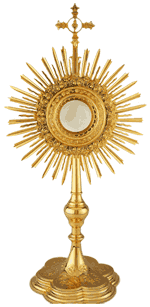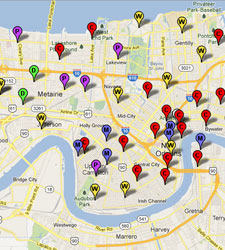While somewhat familiar to Catholics, the term Basilica originally referred to a style of building in use during the time of the Roman Empire. Now it is a designation given by the Holy See to churches around the world.
There are two types of basilicas – Major Basilicas and Minor Basilicas. There are four Major Basilicas in the Church, and they are all in Rome. They are St. John Lateran, the Basilica of Saint Peter, Saint Mary Major, and Saint Paul-Outside-the-Walls. Some argue that the Basilica of Saint Francis in Assisi and the Basilica of the Holy Sepulchre in Jerusalem are also designated Major Basilicas.
Minor Basilicas are those churches throughout the world that have been given a special designation by the Holy Father. Many reasons exist for bestowing this title on a church. It may be granted for architectural beauty, historical significance, liturgical renown, the presence of a special relic or work of art, or for any combination of these qualities. A Minor Basilica shares a special relationship with the Holy See and with the Holy Father. Various privileges and obligations of the Minor Basilica highlight this important attachment to the Holy See and the Supreme Pontiff.
The Papal document, Domus Ecclesiae, spells out the specific privileges granted to a Minor Basilica. One of most important of these is the Plenary Indulgence, which the faithful may receive who devoutly visit the basilica on certain days and participate in any sacred rite “or at least recite the Lord’s Prayer and the profession of faith.”
There are three signs that are present in a basilica that help one recognize the church as a basilica. They are the ombrellino (little umbrella), the tintinnabulum (bells), and the symbol of the tiara and keys that is on the Vatican flag. Each of these elements will soon be added to our new basilica as well as to our letterhead and website.
(to be continued)




